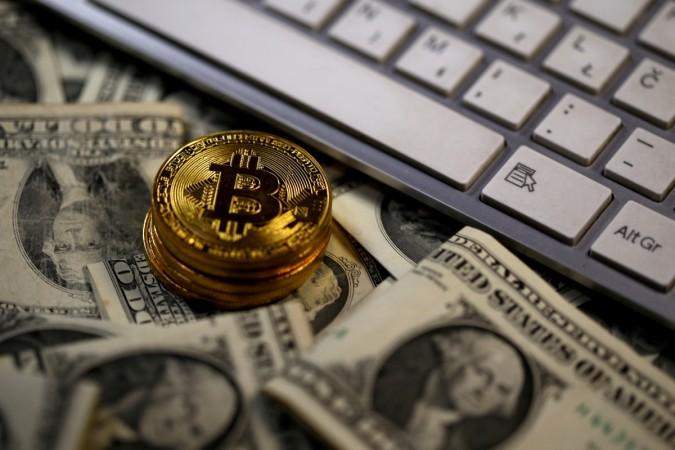
Be it analysts, cryptocurrency experts, renowned researchers, no one has so far been able to derive the real value of bitcoin till date.
However, analysts at Barclays think they have a useful method for tracking bitcoin trends — infectious disease models. And by their analysis, the cryptocurrency fever may have broken.
The Barclays model divides the pool of potential bitcoin investors into three groups: susceptible, infected and immune.
Just like any infectious disease, rise in prices is spread by word-of-mouth – via blogs, news reports and personal anecdotes – as nobody wants to miss out on the rally that made their friends and colleagues rich.
"However, once full adoption is approached, the price decline is sustained and rapid," Barclays analyst Joseph Abate wrote in a note to clients.
"As more of the population become asset holders, the share of the population available to become new buyers -- the potential 'host' population -- falls, while the share of the population that are potential sellers ('recoveries') increases. Eventually, this leads to a plateauing of prices, and progressively, as random shocks to the larger supply population push up the ratio of sellers to buyers, prices begin to fall. That induces speculative selling pressure as price declines are projected forward exponentially."
The Barclays model suggests that awareness around cryptocurrencies is now almost universal, and only a small group of the population could now catch speculative interest, and buy in.
"We believe the speculative froth phase of cryptocurrency investment – and perhaps peak prices – may have passed," Abate said.
Bitcoin has fallen by more than 50 percent in 2018, trading near $6,969 as of 9:00 a.m. Indian Standard Time.
The cryptocurrency rose more than 1,300 percent last year, reaching a peak near $20,000 in December.
While the cryptocurrency bounced back from past price collapses in 2011 and 2013, the high level of awareness this time around signals bitcoin may never return to its peak of nearly $20,000 in December, according to the Barclays model.












